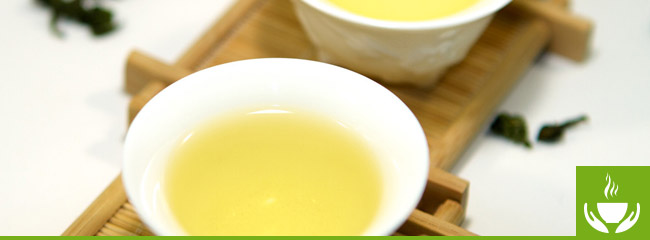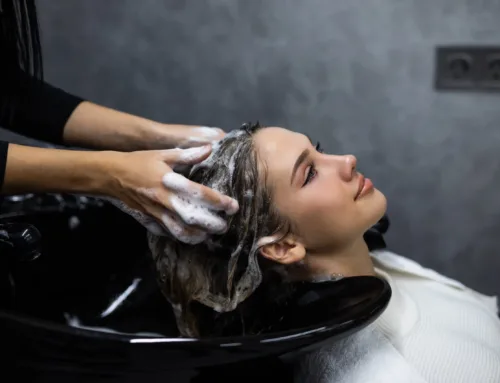
A Favorite Among Connoisseurs
A favorite among connoisseurs, oolong teas (often pronounced “wu-long”) are semi-oxidized and express characteristics in-between green and black teas. The leaves are usually brownish in color, large in appearance and produce a very aromatic, smooth and complex brew.
Widest Array of Flavors
The cultivation and manufacture of classic oolong tea is restricted to Southeastern China and the island of Taiwan. Often, different tea estates have their preferred ways of making oolong. It is because of the intricacy of this process that oolong teas can have the widest array of flavors and aromas. High quality oolongs are among the world’s most expensive teas.
In-Between Green and Black
During production, leaves are tossed in bamboo baskets to lightly bruise their edges, releasing enzymes that react with oxygen. With oolong tea, the outer part of the leaf is allowed to oxidize, but the center is kept green. Some oolongs are more oxidized and closer in character to black teas, with amber-colored infusions and notes of dark chocolate, fruit and roasted sugar. Other oolongs are less oxidized and are closer to green tea, with a lighter body, floral aromatics and golden green infusions.
Health Benefits
In terms of health benefits, oolong tea is said to reduce plaque in the arteries, lower cholesterol, boost metabolism and aid weight-loss. Research conducted in Japan, China and Taiwan reports that regular consumption of oolong tea is linked to the reduction of cholesterol and the lowering of blood sugar. Its reputation as a safe, daily slimming and dieter’s tea in Southeastern Asia has been widespread for hundreds of years.

